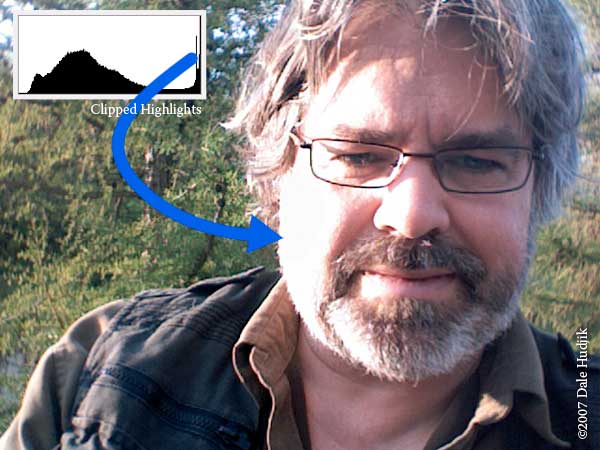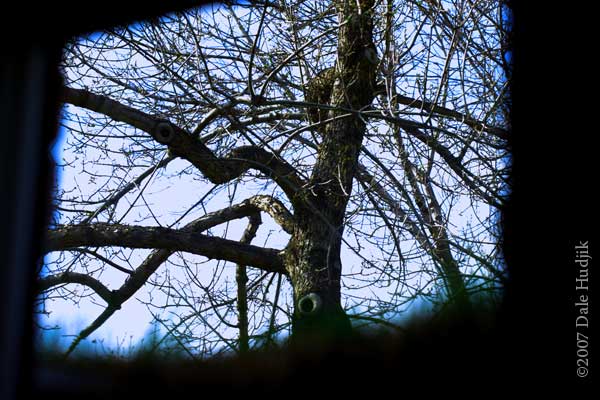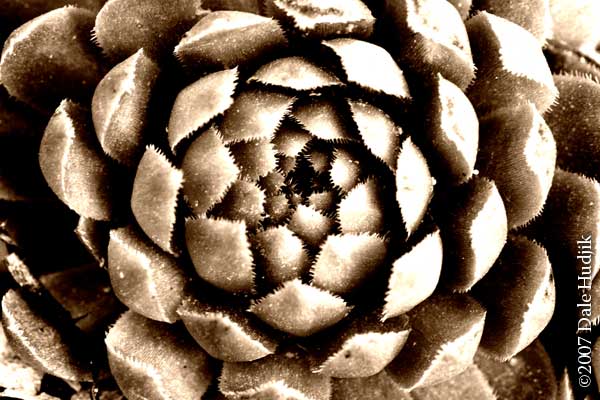Things To Do ::
Favorite Sites ::
:: MY EXHIBITIONS
- Sharing Our Places
- Stanley Milner Gallery
- Royal Museum of Alberta
- Muttart Conservatory
- Thursday Challenge
:: Previous Page ::
15MAY07 - Photography Lesson #3 (Exposure)
The following are brief notes from a lesson in photography on:Creative Exposure
BE SAFE: Watch where you are; Watch out for your eyes
Be especially careful when pointing your digital SLR camera directly into the sun or a reflection of the sun.
The view finder in the a digital SLR camera shows you what the camera lens is “seeing”. If this is the sun or a bright reflection from the sun off of a shiny surface it could permanently damage your eyesight!
“Normal” Exposure
- A normal exposure generally balances tones from light to dark. A goal is to minimize clipping or whiter-than-white highlights. Clipped areas have lost all detail. Shadows can also be clipped. Some camera's LCDs flash black and white when reviewing a photo with clipping.
- A histogram or graph of the brightness values is displayed by many digital cameras. It is useful for learning and understanding exposure but in practise you will not need to refer to it and it may even be distracting.
- Exposure that is slightly off will reduce overall contrast; this can be corrected later with software.

Under Exposure
- Make day into night
- Use when subject is strongly backlit
- Use exposure compensation when taking pictures of sand or snow &c
- Use when specular reflections of the sun in glass, metal, water

Over Exposure
- Lose detail; Make an image abstract or "graphic"
- Use when background for a subject is very dark

Control of Light
The quantity of light recorded is controlled by aperture size, shutter speed, ISO and filters.

Assignment
- Familiarize yourself with the manual settings of your camera.
- Take over, under and normally exposed photos outdoors. Make sure that for a few of them you go overboard and take a completely white and completely black photo. View the histograms in either the camera or photoshop. Select one (1) of over, under and normal exposed pictures, resize them and hand them in as instructed.
- Have fun!
Enter a comment..